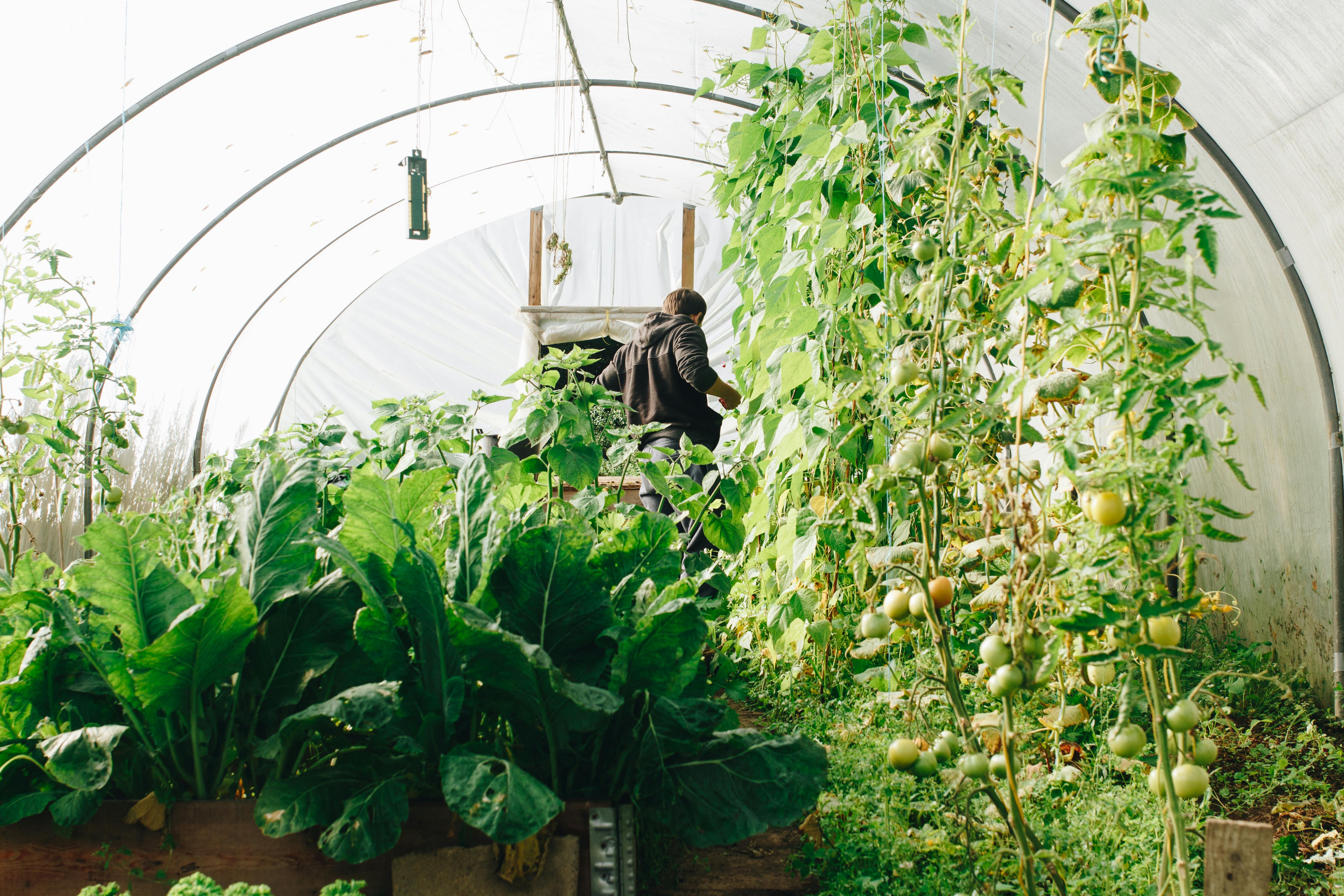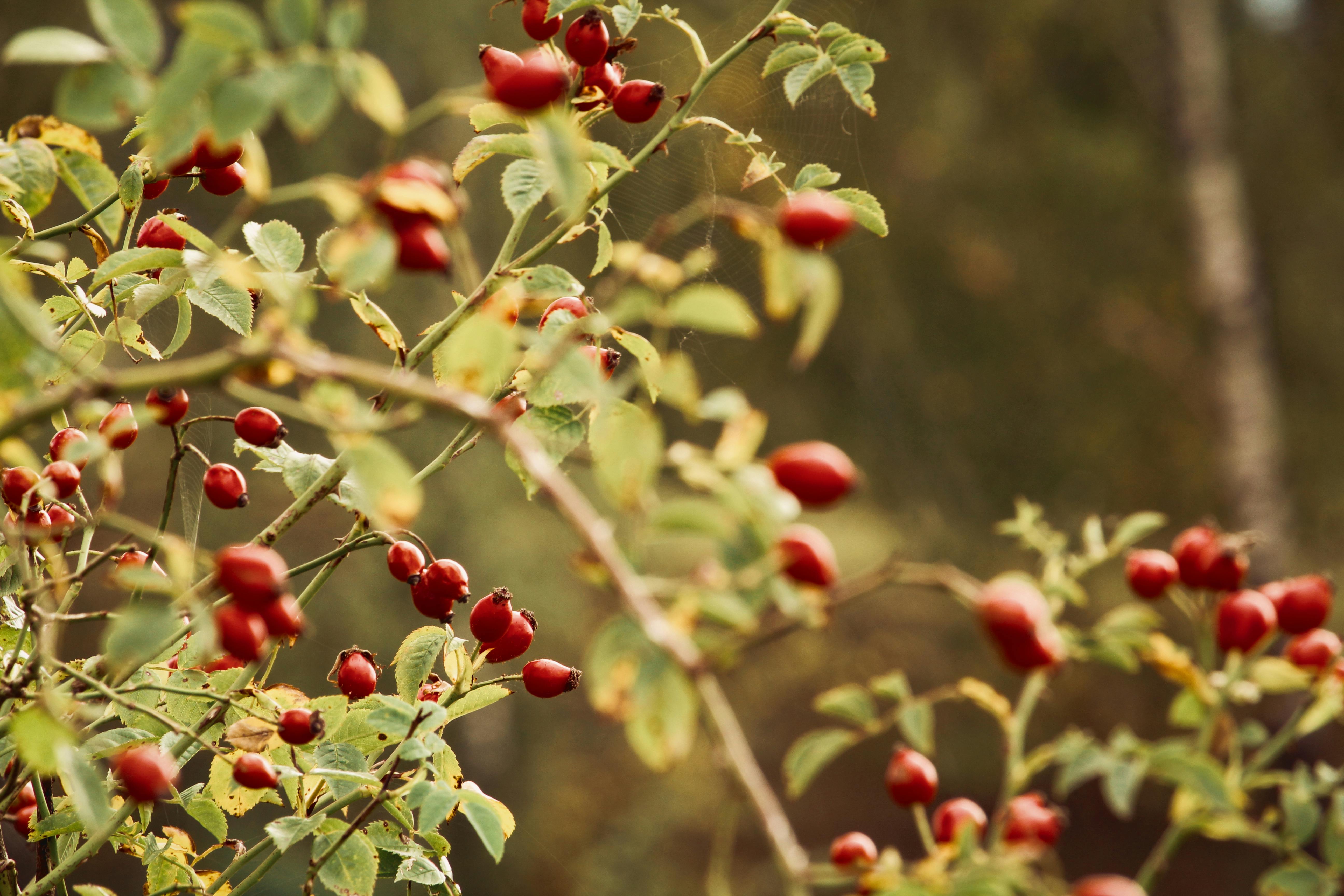Encouraging fruit trees to flower is an important part of successful fruit production. Not only do flowers provide a visual cue that the tree is healthy and vibrant, but they are also necessary for pollination and the production of fruit. Fortunately, there are several steps that can be taken to encourage flowering in fruit trees. In this article, we will discuss a few of those methods and explain how to utilize them in order to ensure your trees produce plenty of flowers.To promote flowering in fruit trees, it is important to ensure that they are planted in an area that gets plenty of sunlight. Additionally, the soil should be well-drained and rich in nutrients. The tree should also be pruned regularly to remove any dead or diseased branches and to encourage new growth. Finally, a fertilizer specifically designed for fruit trees can be applied to help promote flowering.
Ensuring Adequate Water and Nutrients
Water and nutrients are two essential components of healthy plant growth. Without adequate amounts of both, plants can suffer from stunted growth, poor yields, and even death. To ensure your plants are getting the water and nutrients they need, there are a few steps you can take.
First, make sure your soil is properly prepared for planting. Test your soil for pH levels to make sure it’s not too acidic or alkaline. If it is, adjust the pH levels by adding the necessary amendments to correct it. Additionally, test for nutrient levels in your soil to make sure that they’re not deficient in any major elements such as nitrogen or potassium. If they are, add fertilizers or compost to the soil to bring them back up to an acceptable level.
Next, provide your plants with enough water on a regular basis. Depending on where you live, this may mean watering them every day or every other day in dry climates. In wetter climates, it may only be necessary to water once or twice a week during dry spells. Make sure you’re providing enough water so that the soil is moist but not soggy so that your plants don’t suffer from root rot or fungal diseases caused by too much moisture in the soil.
Finally, if possible provide your plants with additional nutrients throughout their growing season by using liquid fertilizers or side dressing them with compost at regular intervals throughout the season. This will help ensure that they have all of the nutrients they need to grow healthy and strong and achieve optimal yields at harvest time.
By following these steps you can ensure that your plants have all of the water and nutrients they need for healthy growth throughout their growing season!
Proper Pruning Techniques
Pruning is an essential part of keeping plants healthy and attractive. Proper pruning techniques can help maintain the shape of the plant, remove dead or diseased branches, and promote healthy growth. When done correctly, it can also increase the amount of light and air circulation to encourage blooming.
The best time for pruning depends on the type of plant being pruned. For deciduous trees, late winter or early spring are ideal times to prune. Pruning too early in the spring can interfere with flowering. For evergreen trees and shrubs, summer is usually considered to be the best time for pruning as they generally need less maintenance than deciduous plants.
When pruning plants, it is important to use proper tools and techniques. Hand-held pruners are suitable for smaller branches while loppers are better suited for larger ones. Pruners should be kept sharp to ensure a clean cut that won’t damage the branch collar or bark of the tree or shrub being pruned. It is also important to make cuts at a 45-degree angle away from the branch collar in order to promote healing and prevent disease or insect infestation.
In addition to using sharp tools, it is important to avoid over-pruning plants as this can lead to dieback and stress on the plant. When removing dead or diseased branches, it is important not to leave stubs as these can attract insects and disease. Instead, make sure that all cuts are made close to but not into living tissue in order for healing to begin quickly.
By following these proper pruning techniques, gardeners can help keep their plants healthy and thriving year-round!
Monitoring Sunlight Exposure
Sunlight exposure plays a major role in human health and well-being. It can be beneficial in providing necessary Vitamin D to the body and also be harmful if exposed to too much. Monitoring sunlight exposure is important to ensure that you are getting the right amount of Vitamin D but not too much that it will cause harm.
There are several ways to monitor sunlight exposure. One way is to use a smart device or app that tracks the amount of time you are exposed to sunlight. This can be done by wearing a device on your wrist, or by downloading an app that tracks your movement and location. With these devices and apps, you can keep track of how much time you are spending in direct sunlight throughout the day, as well as the intensity of the sun’s rays during those times.
Another way to monitor sunlight exposure is through monitoring the UV index for your area. The UV index is an international measure of how strong ultraviolet radiation from the sun is at any given moment. The higher the index, the more dangerous it is for your skin and eyes, so it’s important to keep track of this number when planning outdoor activities such as swimming or exercising outdoors for extended periods of time.
Finally, you can also use sunscreen products with built-in sensors that track how much ultraviolet radiation you are exposed to each day. This information can then be used to adjust your sunscreen usage accordingly, ensuring that you’re protected from overexposure while still getting enough Vitamin D from sunlight exposure.
Monitoring your sunlight exposure can help ensure that you get enough Vitamin D without exposing yourself to too much ultraviolet radiation, which can lead to skin cancer and other health problems if left unchecked. It’s important to make sure you’re taking steps to protect yourself when spending time outdoors and monitoring your sunlight exposure is an easy way to do just that.
Controlling Temperature and Humidity Levels
Temperature and humidity levels can have a significant impact on the health of people, animals, and plants. Therefore, it is important to maintain these levels at an acceptable range in order to ensure optimal living conditions. There are various methods for controlling temperature and humidity levels in indoor spaces such as homes, offices, and other buildings.
One of the most popular methods is to install air conditioning systems that regulate the temperature of a space by pumping cold air into it. This reduces the temperature and also helps to reduce humidity. Humidifiers are also used to increase the level of moisture in a space if needed.
Other methods include ventilating the space with fans or using dehumidifiers to remove moisture from the air if the humidity levels are too high. These appliances can be used either separately or in combination with air conditioning systems in order to achieve desired results.
It is also important to monitor temperature and humidity levels regularly in order to ensure that they remain within acceptable ranges. This can be done by using sensors that measure the temperature and humidity levels inside a space on a regular basis. This data can then be monitored using software or manually noted down on paper for future reference.

Utilizing The Right Fertilizers
Fertilizers are essential for the growth and development of plants. It is important to use the right kind of fertilizers according to the type of plants in order to get the best results. The right fertilizers help to provide the necessary nutrients to the plants, enabling them to grow and thrive. Fertilizers come in various forms such as granules, liquids, or powders. Granular fertilizers are generally applied by spreading them over the soil surface. Liquid fertilizers are often applied through a watering can or a hose-end sprayer. Powdered fertilizer is usually applied by mixing it with water and then spraying it onto the soil surface.
When choosing fertilizer for your garden, consider what kind of nutrients your plants need and what type of soil they are growing in. Different types of fertilizer contain different amounts of nutrients, so it’s important to select one that meets your plants’ needs. It’s also important to consider how much fertilizer you will be using; too much can lead to over-fertilization, which can damage or even kill your plants.
Organic fertilizers such as manure, compost, or fish emulsion are a great option for providing nutrients without relying on chemicals and potentially damaging synthetic fertilizers. Organic fertilizers provide slow nutrient release over time, reducing the risk of over-fertilization and burning your plants’ roots. Additionally, organic fertilizers tend to improve soil structure and drainage while adding beneficial microbes that help keep pests away from your garden.
It’s also important to consider when you apply fertilizer; this will depend on what kind of plant you’re growing and its life cycle. For example, most vegetables should be fertilized at least once per month during their growing season; however, perennials should only be fertilized once every year or two. Additionally, some plants may require more frequent applications than others depending on their nutrient requirements and growth rate.
By utilizing the right kind of fertilizer for your garden and applying it correctly based on each plant’s needs, you can ensure healthy growth with minimal effort on your part!
Applying Pollenizers For Fruit Trees
Pollenizers are important for the successful pollination of fruit trees. Without pollenizers, trees may not produce any fruit at all. Applying pollenizers is a simple and effective way to ensure that your fruit trees are properly pollinated. There are several steps you can take when applying pollenizers for fruit trees.
The first step is to select a suitable pollenizer for your tree. Different types of fruits require different types of pollenizers, so it’s important to research which type is best for your particular tree. Once you’ve identified the right type of pollenizer, you can purchase it from a local nursery or online store.
The next step is to apply the pollenizer to the flowers of the tree. This should be done shortly before or during flowering season, as this will ensure that the pollenizer has enough time to work effectively. Make sure that the entire flower is covered with the pollenizer, and avoid over-applying it as this can damage the flower buds.
Finally, make sure that you monitor your tree throughout flowering season and beyond to ensure that it is properly pollinated and producing healthy fruit. If you notice any signs of poor pollination, such as stunted flowers or deformed fruit, apply additional pollenizers if necessary or take other corrective action such as pruning or insect control measures. Regular monitoring will help ensure that your tree produces an abundant harvest each year.
Avoiding Over-Fertilization
Maintaining a healthy and vibrant lawn without over-fertilizing is key to avoiding potential environmental damage. It is important to only fertilize when necessary and use the right type and amount of fertilizer for your specific lawn. If you are unsure, it is always best to consult a professional. To help reduce over-fertilization, always follow the directions on the fertilizer package and be sure not to apply more than what is recommended. Additionally, be sure to water your lawn after fertilizing to help the fertilizer reach the roots of the grass.
Using Natural Alternatives
If you are looking for more natural alternatives to fertilizers, there are a number of options available. Composting, mulching, and using natural weed killers can all help keep your lawn healthy without using synthetic chemicals or fertilizers. Additionally, choosing native plants that are adapted to your local climate can reduce the need for additional nutrients in the soil.
Avoiding Pesticides
Pesticides can have a detrimental effect on both human health and the environment if not used correctly. To avoid potential harm from pesticides, it is best practice to use non-chemical methods of pest control whenever possible. This includes encouraging beneficial insects such as ladybugs and lacewings, creating physical barriers such as screens and traps, handpicking pests from plants, and encouraging natural predators like birds or frogs in your garden. Additionally, if chemical pesticides must be used, always follow the directions on the label and apply them sparingly.

Conclusion
Encouraging fruit trees to flower is an important step in the process of achieving a bountiful harvest. Planting and maintaining a healthy tree, providing adequate sunlight and nutrients, and controlling pests are all strategies that can help you achieve optimal flowering. Pruning also plays an important role in stimulating flowering and should be done at the proper time to ensure maximum results. Additionally, paying close attention to environmental conditions such as temperature, humidity, and soil composition can help increase your chances of successful flowering. With the right care and attention, your fruit trees can produce an abundance of blossoms that will lead to a fruitful harvest.
With these steps in mind, it’s easy to see why encouraging fruit trees to flower is an essential part of growing your own backyard orchard. With some patience and dedication, you can have delicious fruit in no time!



